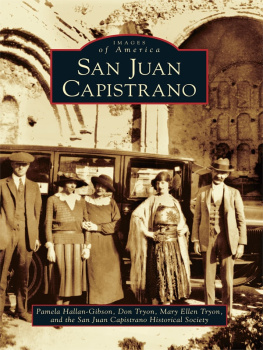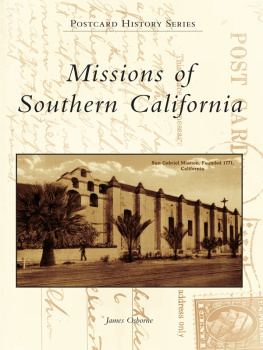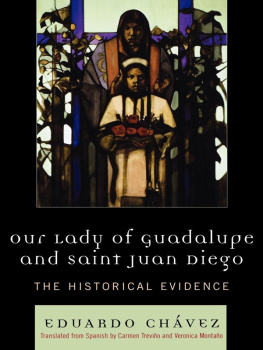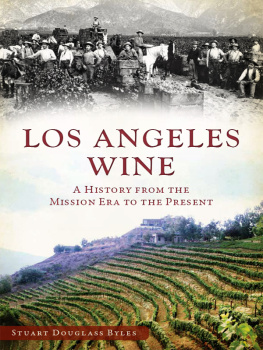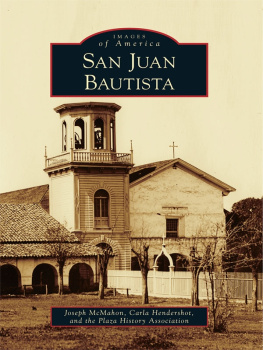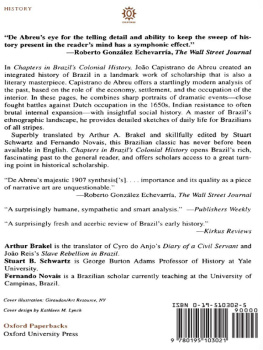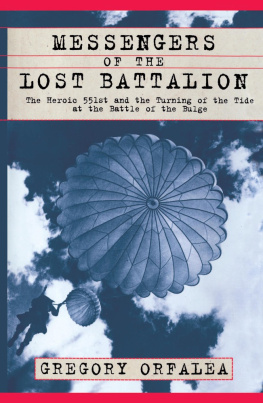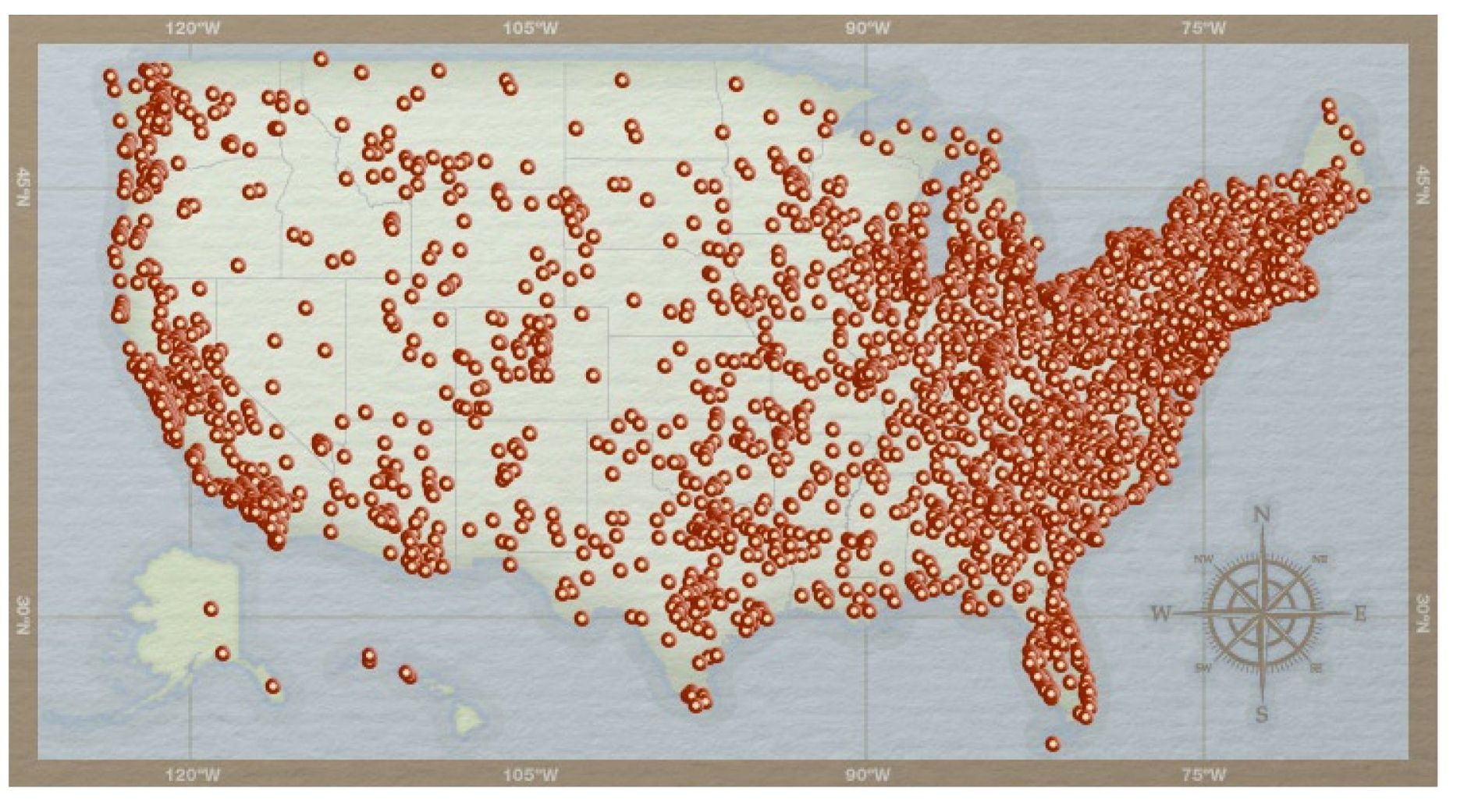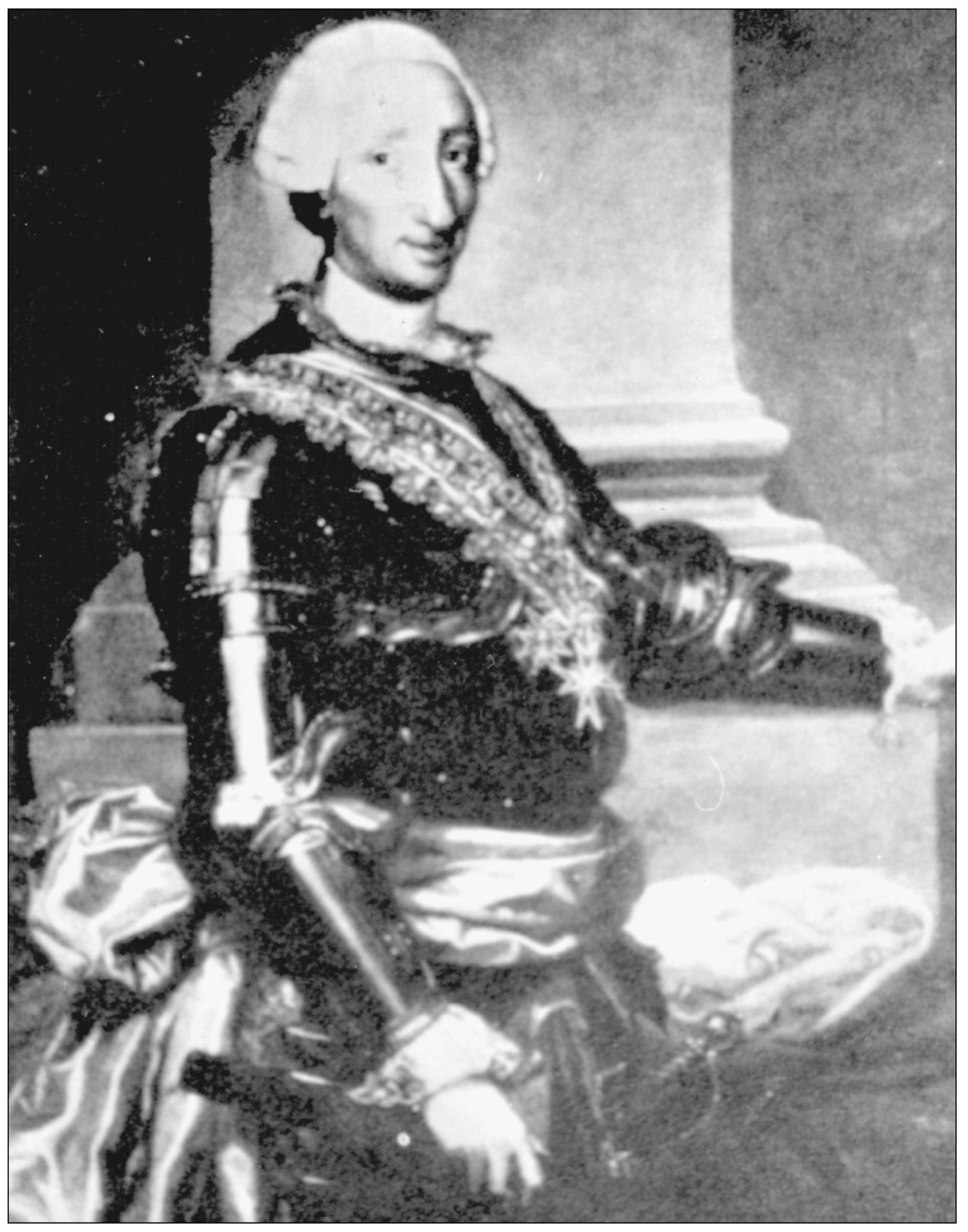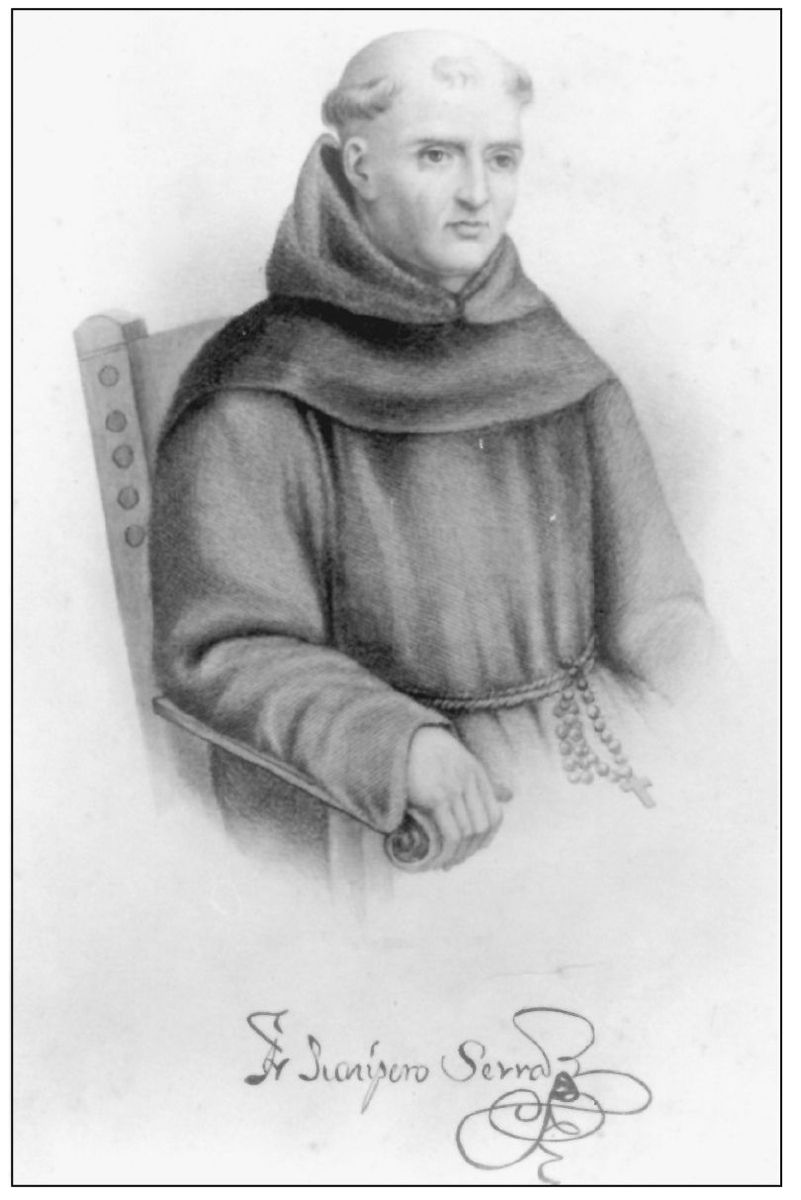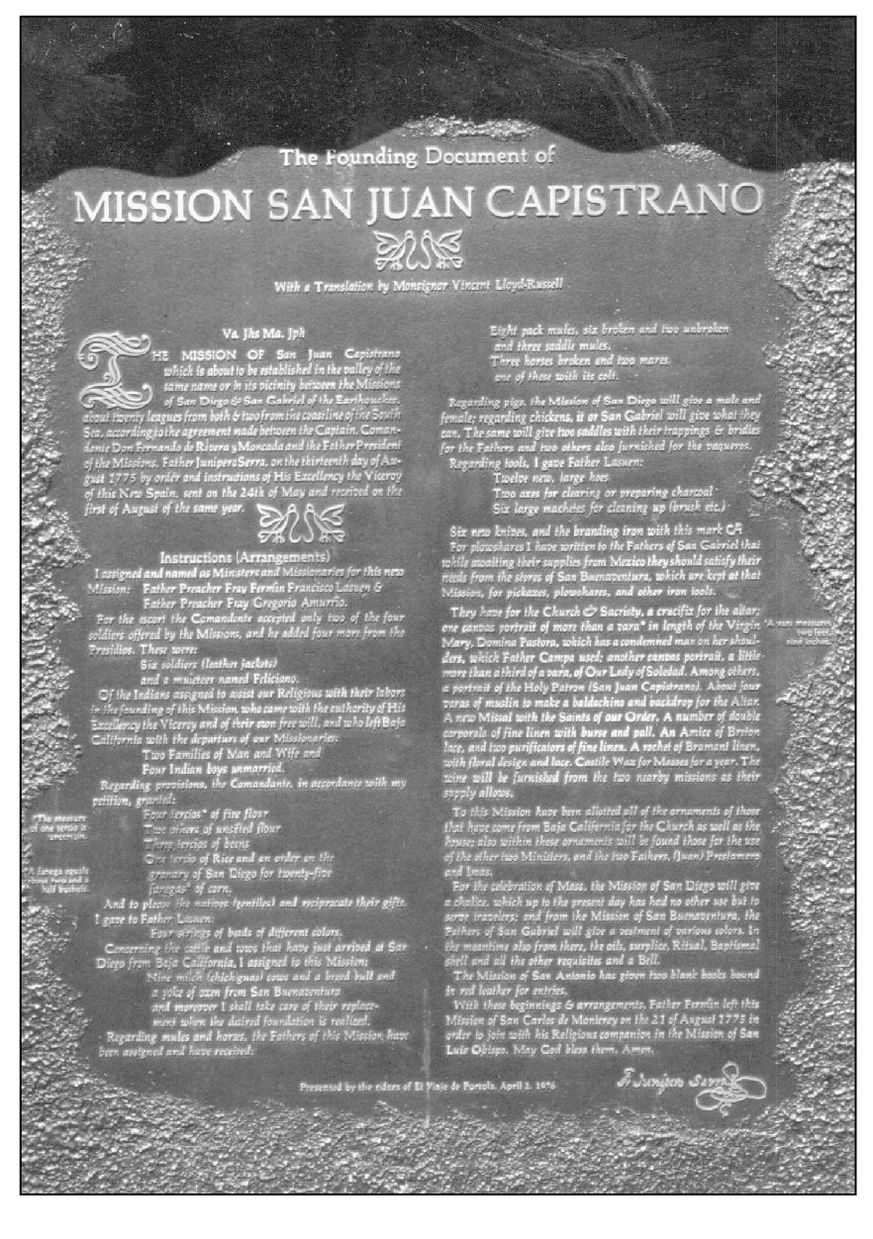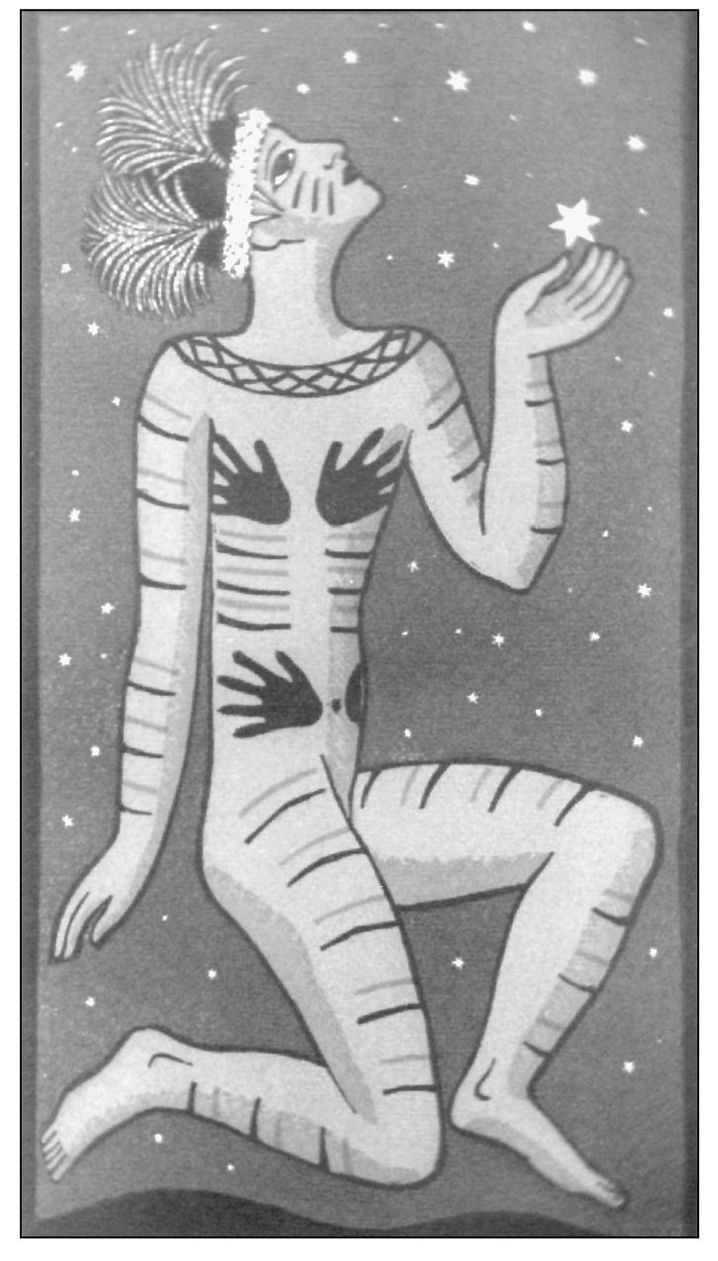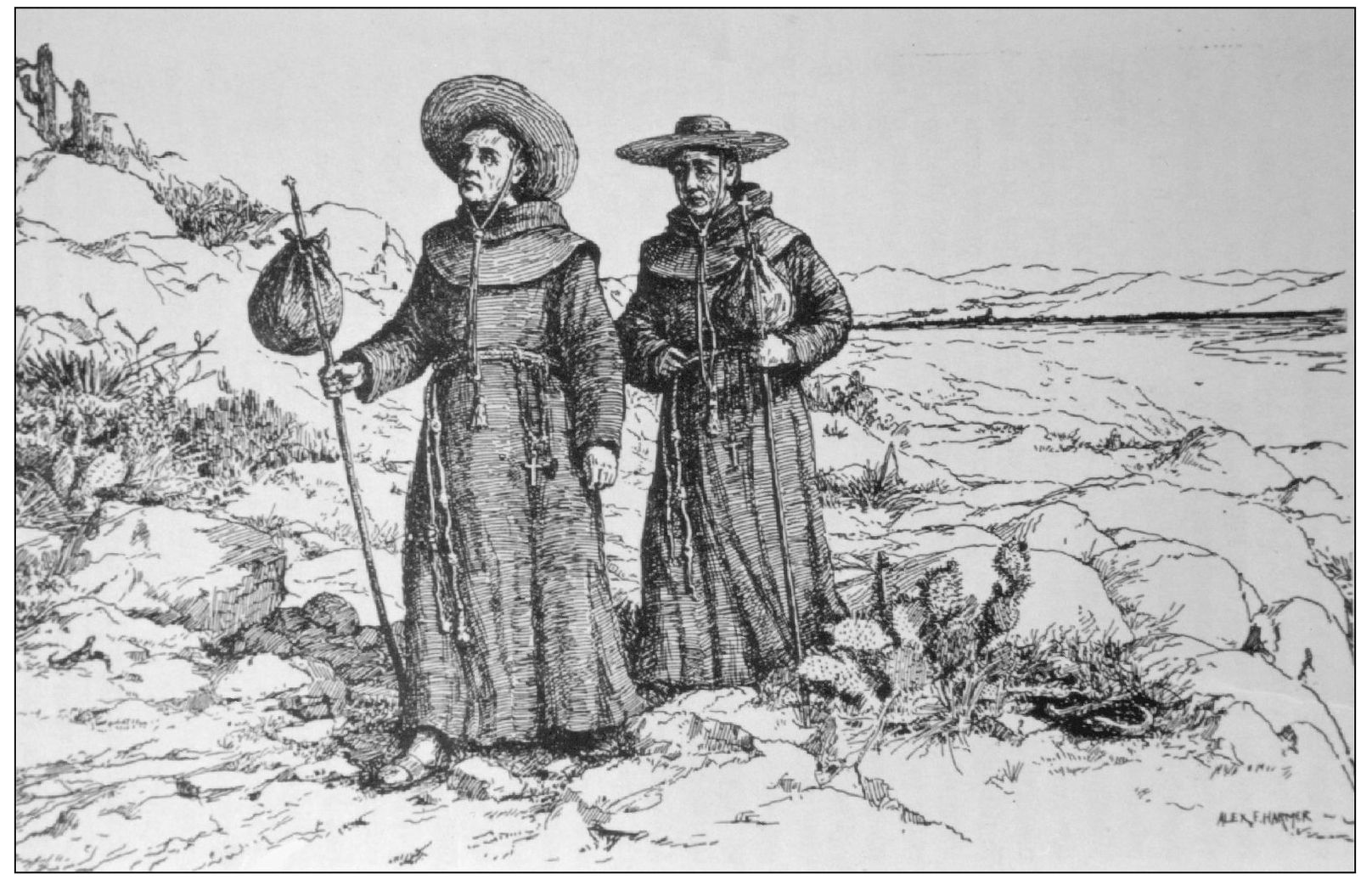One
IN THE NAME OF THE CROWN
17761821
Fr. Junipero Serra founded San Juan Capistrano on November 1, 1776, amid tumult and uncertainty. The proceedings were witnessed by a delegation of soldiers and curious onlookers from the Acagcheme tribe that would be given the name Juaneno.
The mission was part of a Spanish plan to establish missions, military outposts, and settlements in California in order to spread Catholicism, discourage settlement by other foreigners, and act as a buffer between native populations and the European culture that would be imposed on them.
Gathering converts from the area, the mission thrived in its earliest years. There were 944 Indian neophytes by 1796, with 1,649 baptisms. Fields were planted with wheat, barley, corn, and beans, and there were herds of cattle and horses roaming a vast territory. Buildings were constructed, including 40 adobes in 1794 and 34 more in 1807. These were outside the mission walls and were primarily used for housing.
The most ambitious project was the Great Stone Church, begun in 1797 and completed in 1806. Despite having thick walls and domes of masonry, the building was destroyed in an earthquake in 1812 that killed 40 people and demoralized the mission community. Falling into a decline thereafter, the mission was plundered by the pirate Hippolyte Bouchard in 1818, and faltered both in its conversions and its production, never regaining the glory of its beginning.
King Carlos III was on the throne of Spain when Mission San Juan Capistrano was founded in 1776. He granted control of thousands of acres of land to the missionaries, who were to hold it in trust for the Indians. The Spanish Crown used three institutions to colonize California: the pueblo, the presidio, and the mission. All three relied on a royal land grant for their existence. The missions were responsible for converting Native Americans to Christianity, preparing them to live in a Western European culture, and to make them loyal subjects of the crown. This training was to take 10 years, but in fact it took 50 before land was returned to the Indians. Carlos III died in 1789.
Fr. Junipero Serra, a Franciscan scholar from Mallorca, was appointed to undertake the establishment of missions in California. He founded Mission San Juan Capistrano as the seventh in the Alta California chain, naming it for St. John of Capestrano, an Italian saint whom he admired. He first attempted to establish it in 1775, but an uprising in San Diego delayed the missions founding until November 1, 1776.
The founding document for the mission demonstrates how interdependent mission settlements were in California. Father Serra itemizes the contributions of grains, livestock, and tools that came from Mission San Gabriel. These were used for food and to establish crops and herds. Articles for the churchthe first building to be constructedwere also sent.
Fr. Geronimo Boscana was assigned to the mission from 1814 to 1826. The life of a missionary was occupied with teaching manual skills and spiritual concepts, with little time for intellectual pursuits. In his spare time, Boscana wrote about the culture of the Juaneno Indians in his care, calling the manuscript Chinigchinich , the name of the deity they worshipped.
In Chinigchinich , there is a story of creation that was important to the Juaneno culture. An artistic rendering of a figure representing Chinigchinich coming out of the sky appears in a 1933 edition by Fine Arts Press. It was a linoleum-cut color print and is one of a series of prints in the book. Geronimo Boscanas manuscript first appeared as an appendix to a 19th-century travel guide and remains the earliest description of Juaneno life.
Early Franciscans, making their way on foot, appear in this artists drawing. Two missionaries accompanied the expedition of Gaspar de Portola in 1769. Their task was to scout sites for future missions and to tend to the spiritual needs of the 64 leatherjacket soldiers in the group. Franciscans were trained as scholars and were often ill equipped for the rigorous life on the frontier, but soon they adapted.

